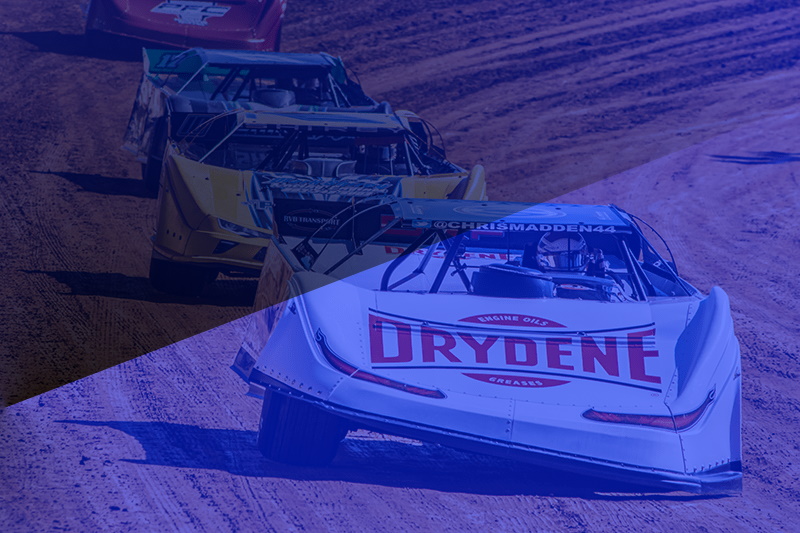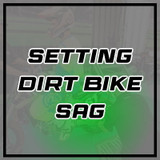The Secrets Behind Crooked Dirt Late Model Cars
The Secrets Behind Crooked Dirt Late Model Cars
Have you ever wondered why dirt late model cars look so crooked on the track? As a racing enthusiast, it’s common to be curious about how certain aspects of the cars work. When it comes to dirt late model cars, there’s more to it than meets the eye. While it may seem haphazard, the crooked look is actually well thought out and serves an important purpose. In this article, we will delve into the reasons behind why dirt late model cars are crooked and uncover the secrets that make them unique in the racing world.
Firstly, the crooked look of dirt late model cars is purposeful. The cars are designed to shift weight and balance from side to side while racing. This enables tires on the inside of the turn to remain on the ground longer, allowing for increased traction and speed. The chassis of these cars typically features a cross-weight percentage of around 50% or lower. This means that the weight of the car is split evenly between the front and rear wheels and diagonally between the left and right sides of the car. This balance is necessary for a successful race, as it helps the car navigate turns and maintain speed.
Secondly, the suspension and steering components in the car play a crucial role in creating the crooked look. Many of these cars have a straight front suspension, which allows for alignment adjustments during races to keep the car straight on the straightaway. However, when the car turns, the suspension components allow the car to lean towards the inside of the turn. Additionally, the steering linkage and geometry are designed to turn the wheels with the lean, further shifting weight and balance. These intricate adjustments all work together to create the crooked look and improve the car’s performance on the track.
Thirdly, the driver’s position in the car also contributes to the crooked look. Drivers sit off-center in the car, as the left side is heavier due to the driver’s weight. This places the driver closer to the inside of the turn and helps the car maintain balance while turning. The driver’s position also allows them to see the track better and adjust their racing lines accordingly. The driver’s weight and positioning in the car are key components in creating the crooked look that defines dirt late model cars.
Finally, aerodynamics play a role in creating the DLM crooked body look and improving the car’s performance. The diffuser and side skirts on the car have a curved design, which helps direct airflow under and around the car. This design creates downforce, which increases the car’s grip and stability while racing. When the car turns, the airflow over the side skirts is disrupted, causing them to tilt inward and create additional downforce. The diffuser also creates suction, pulling the car closer to the ground and creating more grip. These aerodynamic principles are critical in creating the crooked look and improving the car’s speed and stability.
In conclusion, the crooked look of dirt late model cars may seem chaotic, but it’s actually a well thought out design that serves an important purpose. The weight shifting and balance, suspension and steering components, driver’s position, and aerodynamics all work together to create a unique and effective racing machine. The crooked look allows for increased traction, speed, and stability, making it a favorite among racing enthusiasts. Next time you see a crooked dirt late model car on the track, remember the secrets behind its design that make it a championship-winning car.
Recent Posts
-
Upgrade Your Motorcycle's Comfort and Style with Saddlemen Step-Up Seats
Upgrade Your Motorcycle's Comfort and Style with Saddlemen Step-Up SeatsRiding your motorcycle shoul …Jan 23rd 2024 -
How to Set Dirt Bike Sag - The Ultimate Guide
How to Set Dirt Bike Sag - The Ultimate GuideDirt bikes have unique suspension systems that allow th …Jan 22nd 2024 -
The Ultimate Guide to Must-Have Accessories for Your Harley Street Glide
The Ultimate Guide to Must-Have Accessories for Your Harley Street GlideHarley-Davidson's Street Gli …Jan 18th 2024





